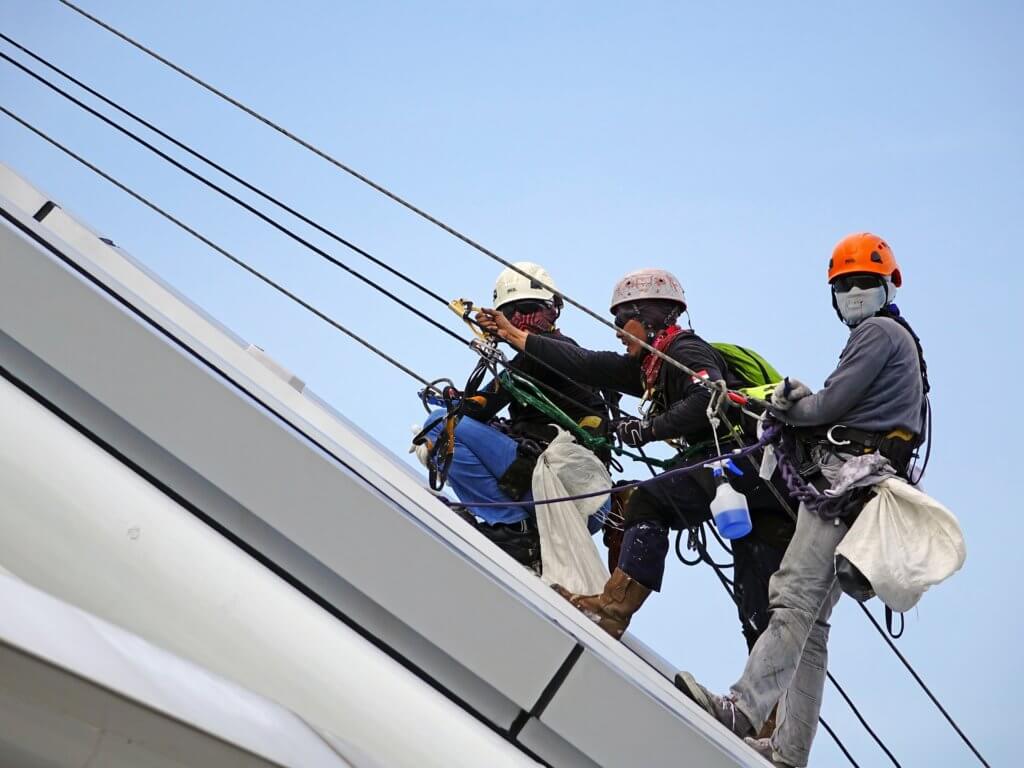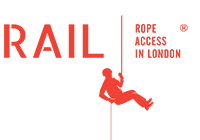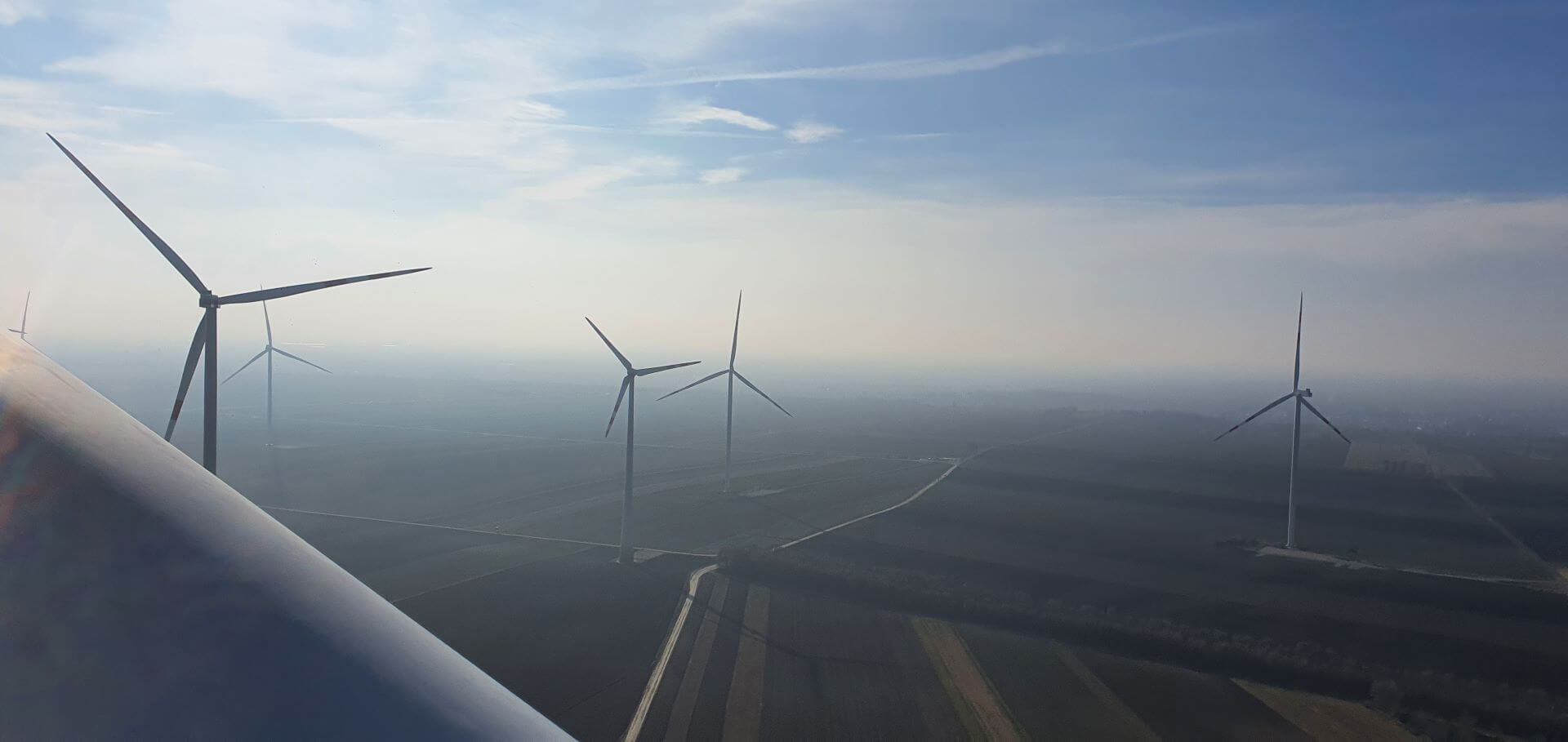
Safety practices when working at heights
Equipment
In order to ensure that rope access technicians can work in the safest conditions possible, there are plenty of tools employed in their work to make that a reality. These include:
- harnesses,
- connectors,
- descenders,
- ascenders,
- ropes,
- lanyards,
- helmets,
- pulleys.
All of these tools must undergo rigorous tests to ensure that they are not only fit for the project but that they truly promise maximum security on all possible levels.
Access and Hazard Zones
Designating these two types of zones are an integral part of making sure that the work at heights environment is safe. The access zone refers to an area that puts people at greater risk of falling, such as working edges. This zone must be clearly marked with banners and warning signs in order to minimize the risk of someone falling down. A hazard zone, on the other hand, is a designated area where people are at risk due to the work being performed, e.g. trauma caused by a falling object. Both of those zones pertain to people on-rope as well as pedestrians.
Communication
This is a point that might seem obvious, but it cannot be stressed enough. In order to ensure that a project proceeds without incident, the members of the rope access team need to properly coordinate their actions. As such, before work begins, an effective communications system must be established. Everyone must be aware of specific signals, both related to normal work operations, as well as emergency situations. When possible, radio systems should be implemented in order to provide further-reaching communications options. Whatever the established communications rules are, it is absolutely crucial that all signs, symbols, and other communications are rehearsed before work even commences, as neglecting to do that can lead to some dire consequences.




Recent Comments